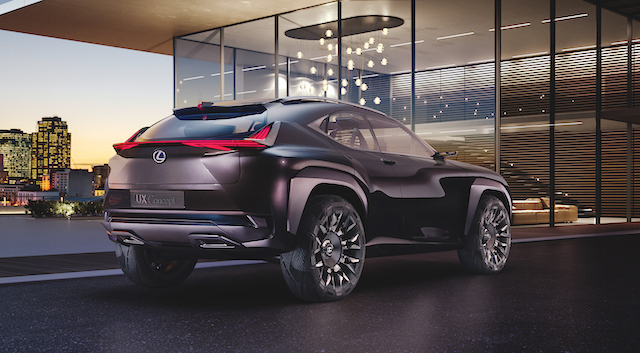
The last time Lexus talked about revolutionising seat technology was on March 31 this year, when it unveiled the Variable-Load Coupling Rear Orientation (V-LCRO) system for its high-performance RC-F coupe.
It said it was working with the makers of Velcro material to produce special V-LCRO car seats. The material would be introduced in 2020 and pretty much glue occupants in place. Race drivers especially would be better able to resist g-forces.
 What Lexus didn’t say was that occupants had to be wearing clothing made from … Velcro. Yep, it was an April Fool gag. Unlike Lexus’ latest seat development.
What Lexus didn’t say was that occupants had to be wearing clothing made from … Velcro. Yep, it was an April Fool gag. Unlike Lexus’ latest seat development.
Japan’s premium nameplate has reinvented the humble car seat and will unveil it at the upcoming Paris motor show, alongside the compact SUV concept, the UX. The UX is a small five-door crossover most likely based on the Toyota C-HR, which will go on sale in New Zealand next year.
Lexus has so far released just the one photo of the rear of the UX. Like recent Lexus SUVs, the UX features a heavily creased, origami-inspired body. It describes it as a “strongly differentiated identity designed to appeal to a progressive, urban audience living in a connected environment”.
The so-called Kinetic Seat Concept (KSC) is all about being better connected too, in this case between the seat and its occupant. KSC replaces the orthodox seat, cushions and springs with a skeleton-like anodised frame and spider-web pattern of strands.
The flexible strands are woven from fibres made of synthetic spider silk produced by Japanese materials specialist Spiber. The strands are light and strong and hug the occupant more effectively for greater passenger comfort, says Lexus.
The seat base rotates to allow the occupant’s body to move with forces applied to it while the head stays relatively still, thereby helping to reduce fatigue. The minimalist design also frees up cabin space.
